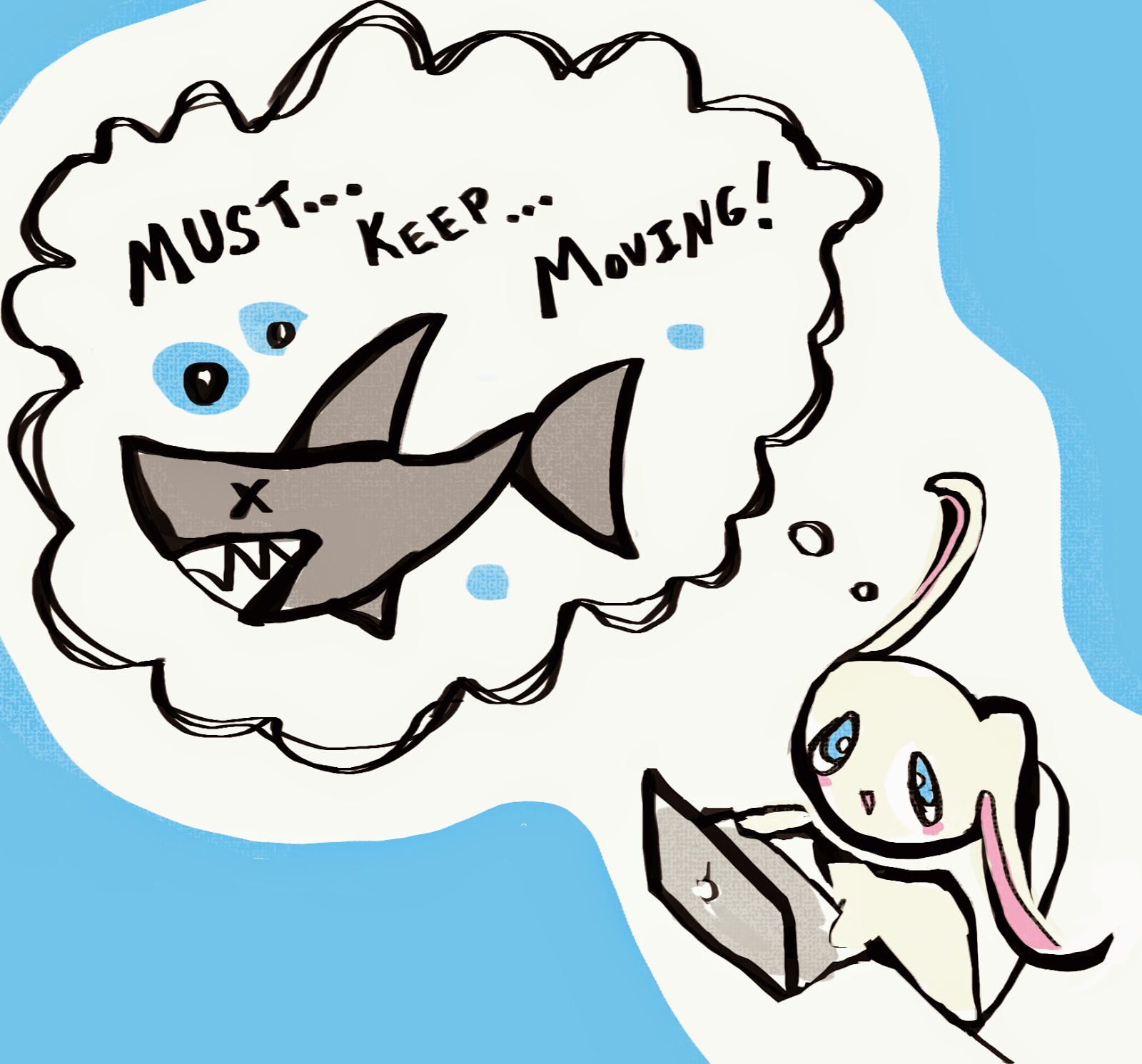Writing Tip - Line Edit, Copy Edit, and Proof
 Following up on my post on the developmental edit, I am writing out my experience with the line edit. Once you've turned your developmental edit fix in, the next step is the line edit! The line editor will examine your language, and look out for any micro issues such as grammar, awkward sentences, punctuation use, and other bloopers. The editor will also point out smaller areas that need work, clarification, or cutting. I asked my editor to look over my developmental revision as well to make sure I addressed all the big picture issues correctly. For me, the line editing passes were the most challenging parts. (I did three line edits with three line editors.) I read my manuscript 1000 times so it can be a trial to intensely focus on each sentence. Keep in mind to hang in there! It's also the last chance to do any content changes so the pressure is high. I try to remember that a shark dies if it stops moving--I must keep going through the edits, even if it means tackling the small, easy stuff first. Once I get in the groove, the line edit can be quite pleasant--like tuning a guitar to find the perfect pitch. I find this stage to be the most difficult time to let go of the manuscript. It's hard to accept that it's finished! Because it must be finished to move on to copy and proof. It feels like I could work on it forever! However, there comes a time to let go and to know that you have done your best.
Following up on my post on the developmental edit, I am writing out my experience with the line edit. Once you've turned your developmental edit fix in, the next step is the line edit! The line editor will examine your language, and look out for any micro issues such as grammar, awkward sentences, punctuation use, and other bloopers. The editor will also point out smaller areas that need work, clarification, or cutting. I asked my editor to look over my developmental revision as well to make sure I addressed all the big picture issues correctly. For me, the line editing passes were the most challenging parts. (I did three line edits with three line editors.) I read my manuscript 1000 times so it can be a trial to intensely focus on each sentence. Keep in mind to hang in there! It's also the last chance to do any content changes so the pressure is high. I try to remember that a shark dies if it stops moving--I must keep going through the edits, even if it means tackling the small, easy stuff first. Once I get in the groove, the line edit can be quite pleasant--like tuning a guitar to find the perfect pitch. I find this stage to be the most difficult time to let go of the manuscript. It's hard to accept that it's finished! Because it must be finished to move on to copy and proof. It feels like I could work on it forever! However, there comes a time to let go and to know that you have done your best.
I work in the videogame industry and the final editing stage is a pretty similar process. Once the game is content-locked (no more changes to the art and gameplay) we play through the game to test for bugs. Only showstopping bugs get fixed. At this stage, any change is risky. It's the same for books--the more you change things at the final stage, the more new errors you might introduce.
Note the number of editors vary for every project, but it's generally good to have these editors: developmental editor, line editor, copy editor, and proofreader. One editor cannot catch all the errors, so it's best to have multiple editors.
Once the line edit is done, it's time for the copy edit! Before you submit your manuscript to the copy editor, be sure you are totally done with all the content and you are happy with all the scenes in the book. This is the stage where the manuscript gets closely examined for grammar, punctuation, and fact checking. The copy editor is only looking at language and technical elements. A copy editor will also provide you with a style sheet, which contains the unique words in your book and how it's spelled and written--this is for the proofreader to reference.
Next up... proofreader! I have two rounds of proofreading with two different proofreaders. This proofreader catch any errors that might have escaped the copy editor's eyes.
I often read a few more times to be sure. But eventually, I have to stop rereading. It's time for the book to be formatted.
I don't think the shock will fully hit me until the book is out. I'll miss writing CLAN! At the same time, I'll be happy to finally share what I've been working on.
I hope you found this editing information helpful!
--Realm




Thanks!
ReplyDelete